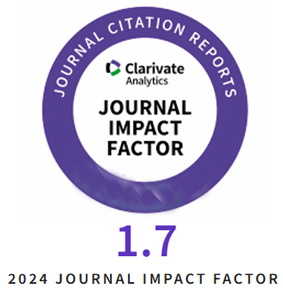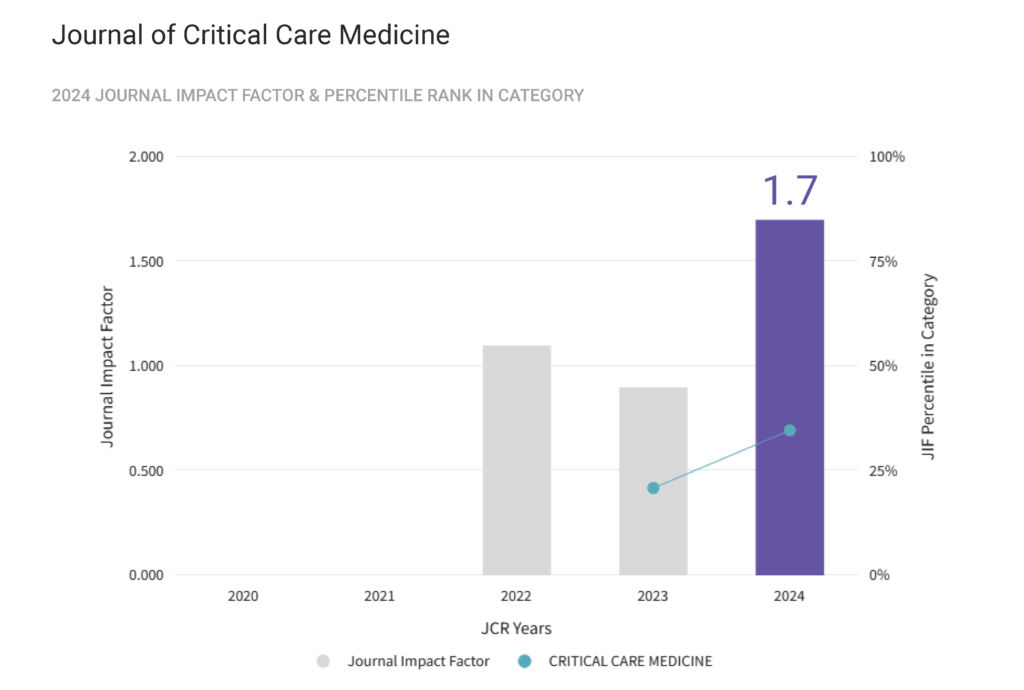Aim of the study: To determine which out-of-hospital cardiac arrest (OHCA) patients should receive advanced treatment is extremely challenging. The objective was to identify sub-phenotypes predicting the prognoses of adult OHCA patients by latent class analysis (LCA) using data up to just after admission.
Material and Methods: We conducted a retrospective observational study using multicentre OHCA registry from 95 Japanese hospitals including adult non-traumatic hospitalized OHCA. The primary outcome was 30-day favourable neurological outcome. Our LCA used clinically relevant variables up to just after admission and the optimal class number was determined from clinical importance and Bayesian information criterion. The associations between sub-phenotypes and outcomes were analysed using univariate logistic regression analysis with odds ratios (ORs) and 95% confidence intervals (CIs).
Results: Our LCA included 2,162 patients and identified four sub-phenotypes. The base excess on hospital arrival had the highest discriminative power. Thirty-day favourable neurological outcomes were observed in 526 patients (24.3%), including 284 (53.8%) in Group 1, 179 (21.2%) in Group 2, 26 (11.4%) in Group 3, and 37 (6.6%) in Group 4. Prehospital return of spontaneous circulation (ROSC) was achieved in 1,009 patients (46.7%), including 379 (81.8%) in Group 1, 340 (40.3%) in Group 2, 115 (50.4%) in Group 3, and 175 (31.1%) in Group 4. Univariate logistic regression analysis for primary outcome using Group 4 as reference revealed ORs (95% CI) of 16.5 (11.4–24.1) in Group 1, 3.83 (2.64–5.56) in Group 2, and 1.83 (1.08–3.10) in Group 3.
Conclusions: Our LCA classified OHCA into four sub-phenotypes showing significant differences for prognosis. In cases who achieved prehospital ROSC, it might be meaningful to continue advanced therapeutic interventions.
Tag Archives: out-of-hospital cardiac arrest
Predictors of In-Hospital Mortality after Recovered Out-of-Hospital Cardiac Arrest in Patients with Proven Significant Coronary Artery Disease: A Retrospective study
Introduction: Recovered Out-of-Hospital Cardiac Arrest (rOHCA) population is heterogenous. Few studies focused on outcomes in the rOHCA subgroup with proven significant coronary artery disease (SigCAD). We aimed to characterize this subgroup and study the determinants of in-hospital mortality.
Methods: Retrospective study of consecutive rOHCA patients submitted to coronary angiography. Only patients with SigCAD were included. Results: 60 patients were studied, 85% were male, mean age was 62.6 ± 12.1 years. In-hospital mortality rate was 43.3%. Patients with diabetes and history of stroke were less likely to survive. Significant univariate predictors of in-hospital mortality were further analysed separately, according to whether they were present at hospital admission or developed during hospital evolution. At hospital admission, initial non-shockable rhythm, low-flow time>12min, pH<7.25mmol/L and lactates >4.75mmol/L were the most relevant predictors and therefore included in a score tested by Kaplan-Meyer. Patients who had 0/4 criteria had 100% chance of survival till hospital discharge, 1/4 had 77%, 2/4 had 50%, 3/4 had 25%. Patients with all 4 criteria had 0% survival. During in-hospital evolution, a pH<7.35 at 24h, lactates>2mmol/L at 24h, anoxic brain injury and persistent hemodynamic instability proved significant. Patients who had 0/4 of these in-hospital criteria had 100% chance of survival till hospital discharge, 1/4 had 94%, 2/4 had 47%, 3/4 had 25%. Patients with all 4 criteria had 0% survival. Contrarily, CAD severity and ventricular dysfunction didn’t significantly correlate to the outcome.
Conclusion: Classic prehospital variables retain their value in predicting mortality in the specific group of OHCA with SigCAD. In-hospital evolution variables proved to add value in mortality prediction. Combining these simple variables in risk scores might help refining prognostic prediction in these patients’ subset.










